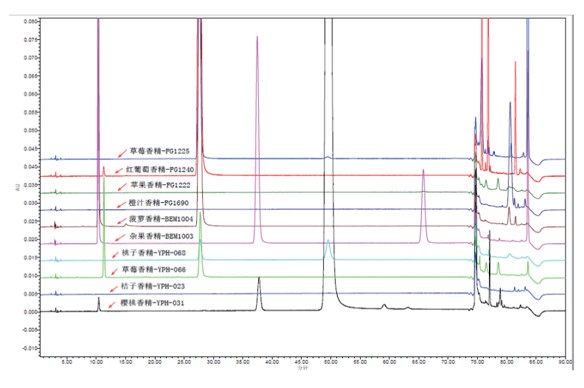2024-01-04
Taste-masking is one of the main focuses of pediatric drugs to improve medication compliance in pediatric patients, whose R&D direction of this platform covers the use of a variety of pharmaceutical technologies to mask the bitter taste of active ingredients. From the perspective of prescription process, it includes pellet coating and sustained-release technology, ion exchange resin and active ingredient forming ionic bonding complex technology, cyclodextrin hydrophobic cavity and active ingredient forming complex technology, polymer micelles and vesicle technology, etc.; and it covers the addition of sweeteners, flavors and other functional excipients to achieve the effect of taste masking in the formulation. The subjective and objective taste evaluation system of pediatric drugs is also one of the key focuses of the establishment of pediatric drug taste-masking platform.
Taste-masking Technology
Flavor Database: Through sufficient quality research and ingredients safety data collection, the composition, ingredient safety and characteristic spectrum of each flavor under a specific chromatographic system have been organized, and a flavor database covering dozens of flavors has been established, so as to provide sufficient methodological basis for flavor agent selection and analysis method development in the early stage of project research and development, reasonably controlling safety risks, and reducing research and development costs.
Physical masking: 1. Cyclodextrin and its derivatives, polymer micelles and vesicle technology are used to form complexes or inclusion complexes with API. 2. Masking coating the drug to achieve the isolation masking effect.
Chemical taste masking: Sweeteners, flavors or thickeners and other excipients are added to the formulation to achieve the effect of taste masking.

Taste Evaluation System
Electronic tongue evaluation system: In terms of taste evaluation system, our company has established an electronic tongue evaluation system and a human taste panel evaluation model (crossover blinding) to evaluate the palatability of the product from both subjective and objective perspectives to determine the optimal solution.
Core technology: The taste masking effect is evaluated by comparing the difference in the detection output signal of the drug after taste masking and the original bitter drug, supplemented by the scientific taste evaluation in clinical practice, verifying and correcting results of the device screening.
Evaluation effect: The use of electronic tongue to detect drugs can reduce the result bias caused by individual taste sensitivity differences and subjective perception differences, and the results are better reproducible.